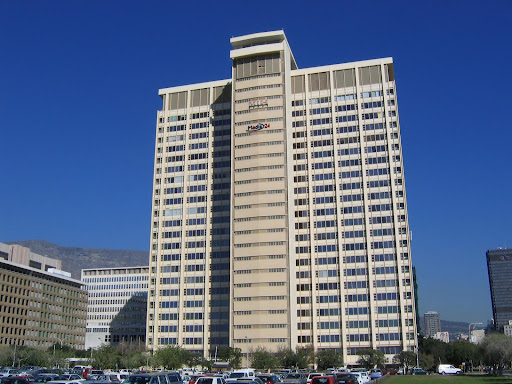The News
South Africa’s digital transformation is “lagging” despite its immense potential and rising demand for digital skills, but getting it right could generate over $5 billion for its economy, says a new report.
Improving digital infrastructure and enhancing the regulatory environment are among changes recommended in the report by digital conglomerate Naspers and the Mapungubwe Institute for Strategic Reflection. The authors say investment could help the country’s digital platform economy — driven by companies that facilitate e-commerce, deliveries and transportation services — inject 91.4 billion rand ($5.2 billion) into South Africa by 2035.
The projected growth would increase the sector’s contribution to South Africa’s economy to 1.38% of GDP, up from 0.02% in 2022.
Naspers is Africa’s largest tech and media company, valued at some $37 billion. Its South African portfolio includes online store Takealot, delivery service Mr. D, and real estate platform Property24. It also has a 25% stake in Chinese digital giant Tencent, which accounts for a large share of its revenue and profits.
The report recommends that South Africa authorities establish regulatory “sandboxes” to encourage growth and innovation and thereby accelerate the sector’s development. Researchers found that it can take “up to 180 days” to secure various approvals. It also calls for the expansion of high-speed internet access to be fast-tracked, a greater emphasis on science and technology education, and incentives for local producers to sell on e-commerce platforms.
“Though still in its early stages, the shift to digital mirrors global trends and offers a rare chance to unlock significant economic potential for our nation,” Naspers South Africa CEO Phuthi Mahanyele-Dabengwa said.
In this article:
Know More
South Africa has the most developed e-commerce market on the continent thanks in part to Naspers but global players from China have been making a significant impact. Shein, AliExpress, and, more recently, Temu have been making inroads into the market much to the consternation of some traditional retailers concerned about their inability to compete. Some local industry groups have called on the government to close an import tax loophole which they believe Chinese e-commerce companies use to their advantage.
In May Amazon rolled out its online shopping service in South Africa promising same day and next day deliveries — marking the US giant’s entry into Africa’s e-commerce space. It started with a relatively limited range of local and international brands..
The report also noted that long-established companies in South Africa were increasingly developing their own e-commerce platforms or partnering with startups to improve customer experiences and expand their markets. Examples include Checkers Sixty60, an on-demand delivery platform, and fintechs owned by incumbent telcos such as Vodacom’s VodaPay and MTN’s MoMo.
The View From Nairobi
E-commerce penetration in Kenya is projected to grow to 53.6% by 2025, up from 40.3% in 2020 according to the country’s competition authority. The Competition Authority of Kenya (CAK) attributed the increase to the rapid growth of online food and groceries delivery services in the country in recent years.
Anderson Njuki, a Nairobi-based economist, told Semafor Africa that the ubiquity of mobile money had contributed significantly to the growth of Kenya’s digital platforms by making payments more convenient. He, however, argued that growth could be stifled by platforms focusing on urban areas, the lack of a functional national address system and poor connectivity in some parts of the country.


